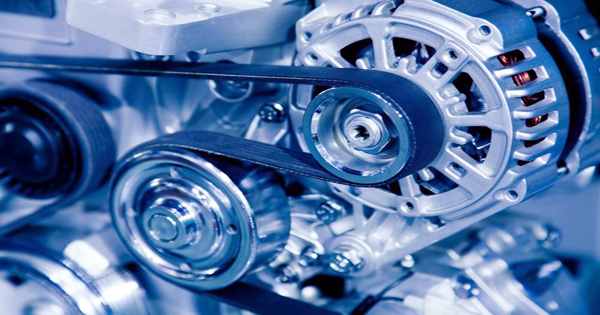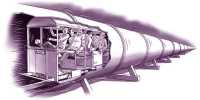There is no such thing as a free lunch or free tea. But if your energy needs are low enough, say for example a small sensor of some kind, and then there are ways to increase the heat to supply your power with or without batteries. Akito Sakai, a research associate in the Department of Solid State Physics and Physics at the Institute of Solid State Physics at the University of Tokyo, led by Professor Satoru Nakatsuji, and members of his group and the Department of Applied Physics, led by Professor Ryotaro Arita. “So far, all studies of the thermoelectric generation have focused on the effects of established but limited seabacks,” Nakatsuji said.
“In contrast, we have focused on a relatively lesser-known phenomenon called the Exceptional Nornst Effect (ANE)”. ANE allows the team to create a current perpendicular to the temperature gradient without being parallel. It can shape smaller generators in a way that makes them ideal for wearable technology. In view of the effects of both ANE and CBAC, the generator is placed between a hot and cold body, but there are key differences. Imagine the generator on your skin for example: when your body heat comes out it creates a current. In a sequel setup, the generated source moves in the same direction as the heat (it is pointing), so the device needs to have a certain thickness to fit it. In the ANE setup, the current becomes perpendicular to the heat and moves parallel to the skin, allowing a much thinner generator to be created. Previous efforts to recruit ANEs required toxic and/or costly material, which is why it has not been a major focus so far.
Top author Dr. Akito Sakai explains, “We created an ingredient that is made up of 75 percent iron and 25 percent aluminum (Fe3AL) or gallium (Fe3Ga) by a process called doping. This has significantly increased the ANE. We’ve seen a jump twenty times higher in voltage than in the non-emptied sample, which was interesting to watch.
Designing new materials to take advantage of some troubling physical law is often a rigorous process of trial and error. Repetitive repetitions are necessary and largely expensive and time-consuming materials are first used to make them in large size. The team took advantage of the latest powerful computer simulations to plan, allowing them to find the right materials for testing. “Number calculations contributed greatly to our discovery; for example, high-speed automated calculations helped us find suitable materials for testing,” Nakatsuji said. “And the first policy calculations based on quantum mechanics shortcuts. The process of analyzing electronic structures we call nodal webs that are important for our testing”.















